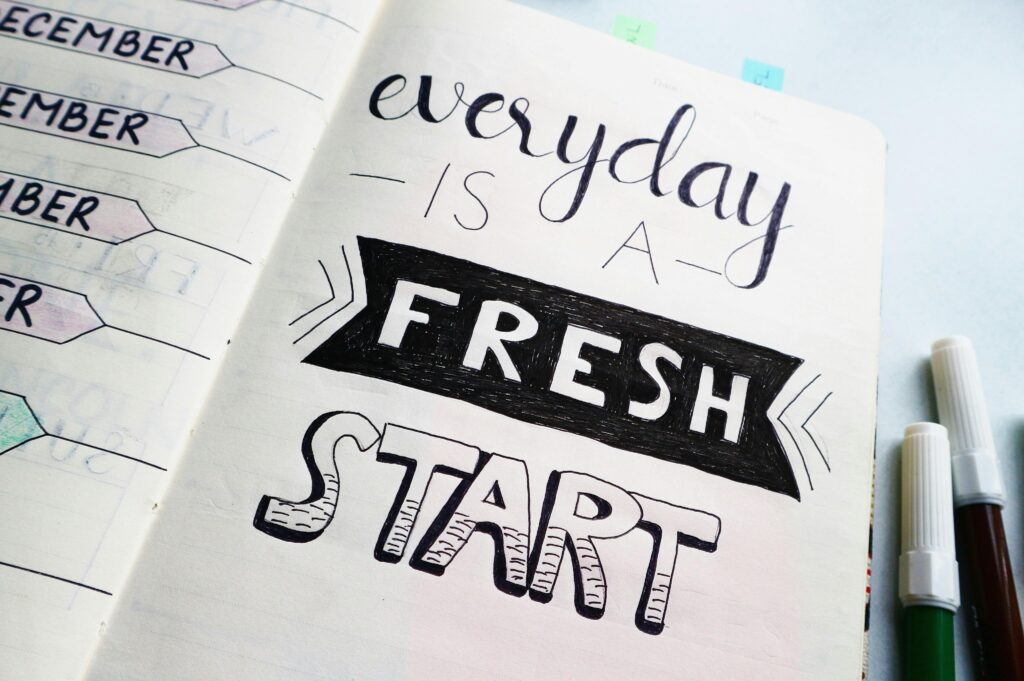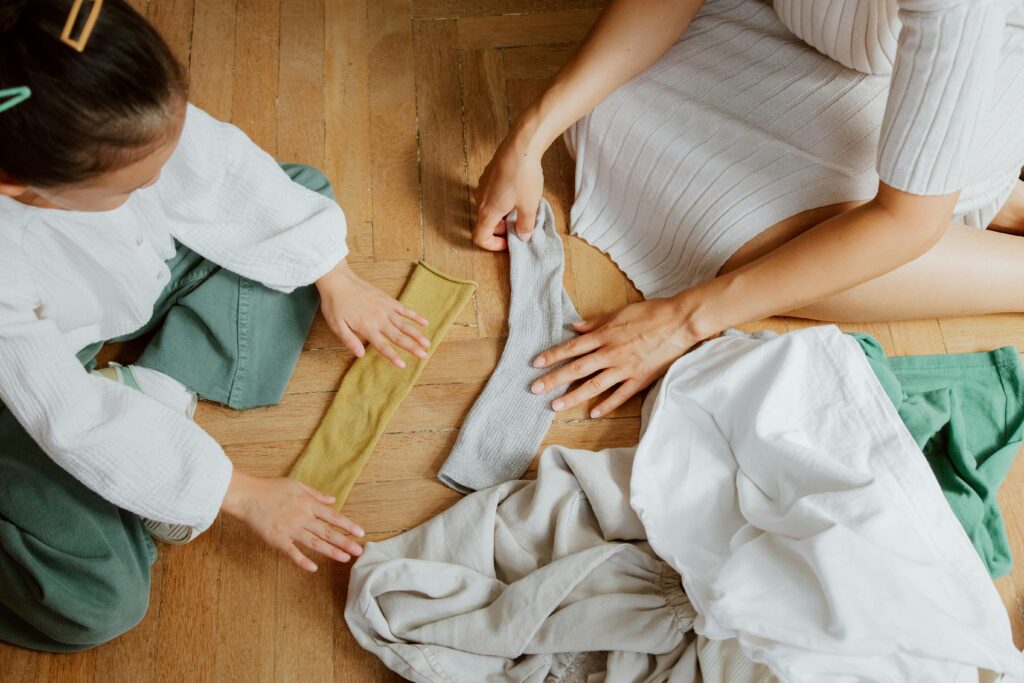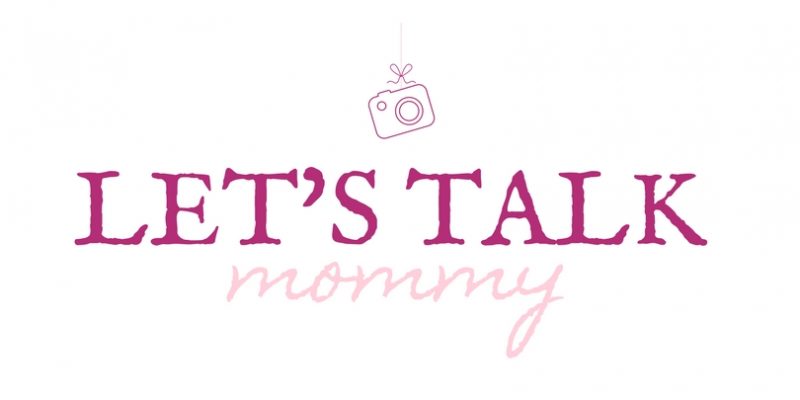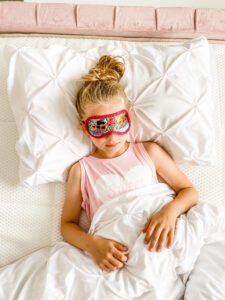Organization is a skill that is learnt over time. Many young kids do not have the patience or logic skills to organize. However, as kids reach the age of 5 and above, it becomes possible to teach kids how to be organized. Teaching this skill early can help to make it second nature later in life. This can ensure that your kids grow up to be happier and more successful. It can also keep you sane, as you do not constantly have to organize for your kids or clean up their messes.
There are several important lessons to teach kids to help them become organized. Here are just a few of the most important lessons in organization.

Follow a strict routine at home
Getting kids used to a routine is one of the best ways to encourage organization. A routine is comforting for kids because it helps them to know what to expect each day. By doing things in a certain order each morning and evening, you can make sure that kids don’t forget important tasks like brushing their teeth or remembering to bring their lunch. A bedtime routine is particularly important for making sure kids get enough hours of sleep, as well as making sure that you get time to yourself in the evening. This bedtime routine will also help lull kids to sleep at a certain time.
Create to-do lists and checklists
To-do lists can help kids to plan ahead, while checklists can help to stop kids forgetting things. Once kids have a basic grasp of reading and writing, consider using a blackboard or whiteboard to list tasks and reminders. This could encourage kids to one day start forming their own lists as a way of organizing things – including what to pack when traveling or how to remember certain points for an exam.
Teach kids to tell the time
Being able to tell the time is an important skill for kids to learn. It can help them to get ready in time in the morning and can help them prepare for bedtime in the evening. It’s worth teaching kids digital and analog time. There are many games and videos that can help teach kids how to do this. Displaying clocks in your home or encouraging kids to wear a watch will prompt them to regularly check the time. Once kids are conscious of the time, they may start naturally carrying out routines without you having to tell them to.

Use timers and alarms
Timers and alarms can further help kids to understand how time works. They also encourage kids to be more punctual and not get carried away with tasks. It’s worth setting an alarm to let kids know when to wake up. However, you can also set alarms to tell kids when to get ready for school or when to start getting ready for bed. Timers can meanwhile encourage kids to do tasks faster. They can see exactly how much time they have left to do a task – whether it’s getting dressed in a certain amount of time or brushing teeth for a certain amount of time.
Color-code and label things
Color-coding and labeling things is a simple way to categorize them. It can be useful for things like sorting drawers of clothes or making easy-to-read timetables. Get kids used to these systems early – they may be more encouraged to use them as they get older.
Encourage use of bags and pockets
To stop kids losing things, teach them to use bags and pockets. Bringing a bay everywhere could be a great way for kids to prevent toys getting lost. Of course, kids also need to be taught to always check that they have their bag. To encourage kids to take care of their bag, let them buy a bag that they love, as they may be more willing to take care of it. Obviously kids will need school bags, but also consider bags for days out and travel bags.
Give everything a home
A kid’s bedroom can easily become cluttered and items can easily become lost if belongings do not have a specific home. This involves making sure that every clothing item and toy is stored in a specific place. Start by getting rid of excess toys and clothes. Then work with your child to find good storage solutions for the remaining toys and clothes you want to keep. Encourage kids to always put toys back once they’ve finished playing with them so that toy sets don’t get mixed up and pieces don’t get lost.






